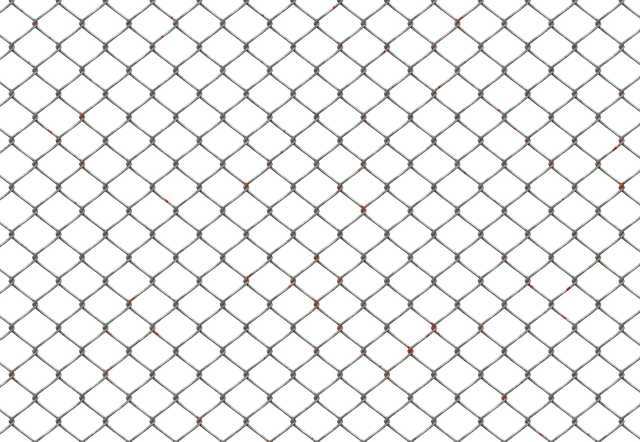Considering a DIY fence installation? New Bedford, Massachusetts homeowners can enhance their outdoor spaces while adhering to local regulations. This comprehensive guide offers essential tips and insights on selecting the perfect fence type for your yard, gathering the necessary tools and materials, and provides a detailed step-by-step assembly process. By following these expert recommendations, you’ll be well-prepared to install a durable and aesthetically pleasing fence that complements your home’s style.
- Understanding New Bedford's Fencing Regulations
- Choosing the Right Fence for Your Yard
- Tools and Materials Needed for Installation
- Step-by-Step Guide to DIY Fence Assembly
Understanding New Bedford's Fencing Regulations
Before beginning any DIY fence installation project in New Bedford, Massachusetts, it’s crucial to understand the city’s regulations. New Bedford has specific rules regarding fence height, materials, and placement, which vary depending on the zone in which you live. Failure to comply with these guidelines can result in fines or the requirement to dismantle the fence.
Homeowners should consult the New Bedford Code of Ordinances to familiarize themselves with the local laws. This process typically involves researching online or visiting the city clerk’s office. Understanding and adhering to these regulations will ensure your project proceeds smoothly, avoiding potential legal issues down the line.
Choosing the Right Fence for Your Yard
When it comes to selecting a fence for your New Bedford yard, consider both functionality and aesthetics. The right fence should suit your space, climate, and personal style. For instance, wood offers a classic look but requires regular maintenance; vinyl is low-maintenance but may not be as visually appealing; and chain link fences are sturdy and secure but lack privacy.
Take inventory of your yard’s unique features—like size, shape, and surrounding landscape—and choose a fence that complements these elements. Think about your needs too: Do you want a tall privacy fence for ultimate seclusion or a shorter, decorative option? Consider the local climate as well; some materials withstand snow and ice better than others.
Tools and Materials Needed for Installation
When it comes to DIY fence installation, proper preparation is key. Before you begin, create a detailed plan of your desired fence layout and ensure all necessary permits are obtained from local authorities in New Bedford, Massachusetts. This project requires a variety of tools and materials, so assemble everything in advance to streamline the process.
Essential tools include a measuring tape, level, post-hole digger, electric drill with various bits, string line, and a fence post driver or sledgehammer. For materials, consider high-quality wooden or vinyl posts, rails, brackets, and fencing panels suitable for your climate. Don’t forget hardware like hinges, latches, and screws to ensure a sturdy and secure final product.
Step-by-Step Guide to DIY Fence Assembly
Starting your DIY fence project is an exciting way to enhance your New Bedford, Massachusetts home’s exterior. Here’s a simple step-by-step guide to help you assemble your new fence efficiently:
1. Measure and mark your desired fence line accurately using a tape measure and stakes. Ensure the marks are visible and clearly aligned. This step is crucial for a straight and uniform fence.
2. Gather all necessary tools and materials, including posts, rails, brackets, concrete, and any hardware specified in your fence kit or chosen design. Organising them beforehand saves time and hassle during installation.
3. Dig holes for the fence posts, ensuring they are deep enough to provide stability (typically about one-third of the post’s height). Use a post-hole digger for this task, following manufacturer instructions for spacing and depth.
4. Place each post in its hole, levelling it as best as you can. Use wooden stakes temporarily to support the posts while the concrete sets if needed.
5. Secure posts firmly by pouring concrete into the holes around them. Allow the concrete to dry completely according to the manufacturer’s instructions before proceeding.
6. Attach horizontal rails to the posts using brackets, ensuring they are level and securely fastened. These rails will support the fence panels.
7. Install your chosen fence panels, following any specific guidelines for your panel design. Use fasteners or brackets provided with the panels or appropriate tools to attach them firmly to the rails.
